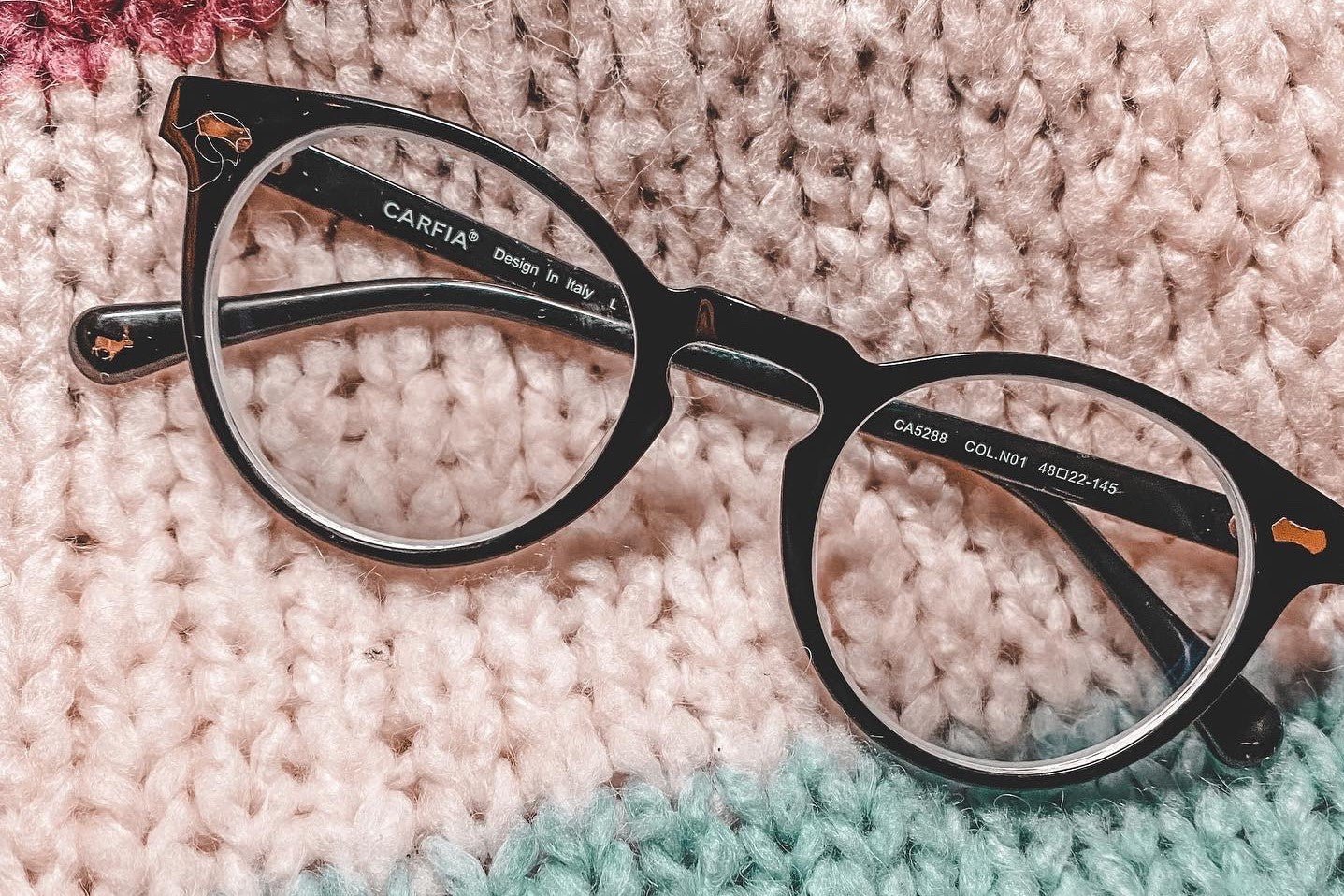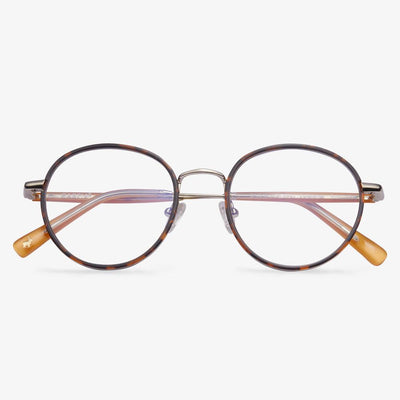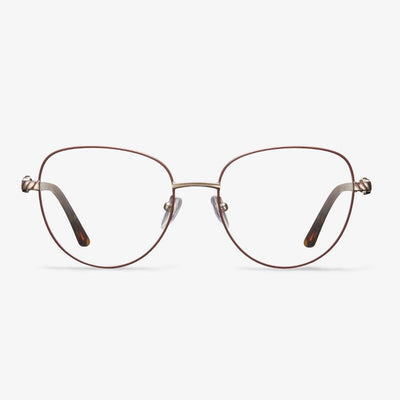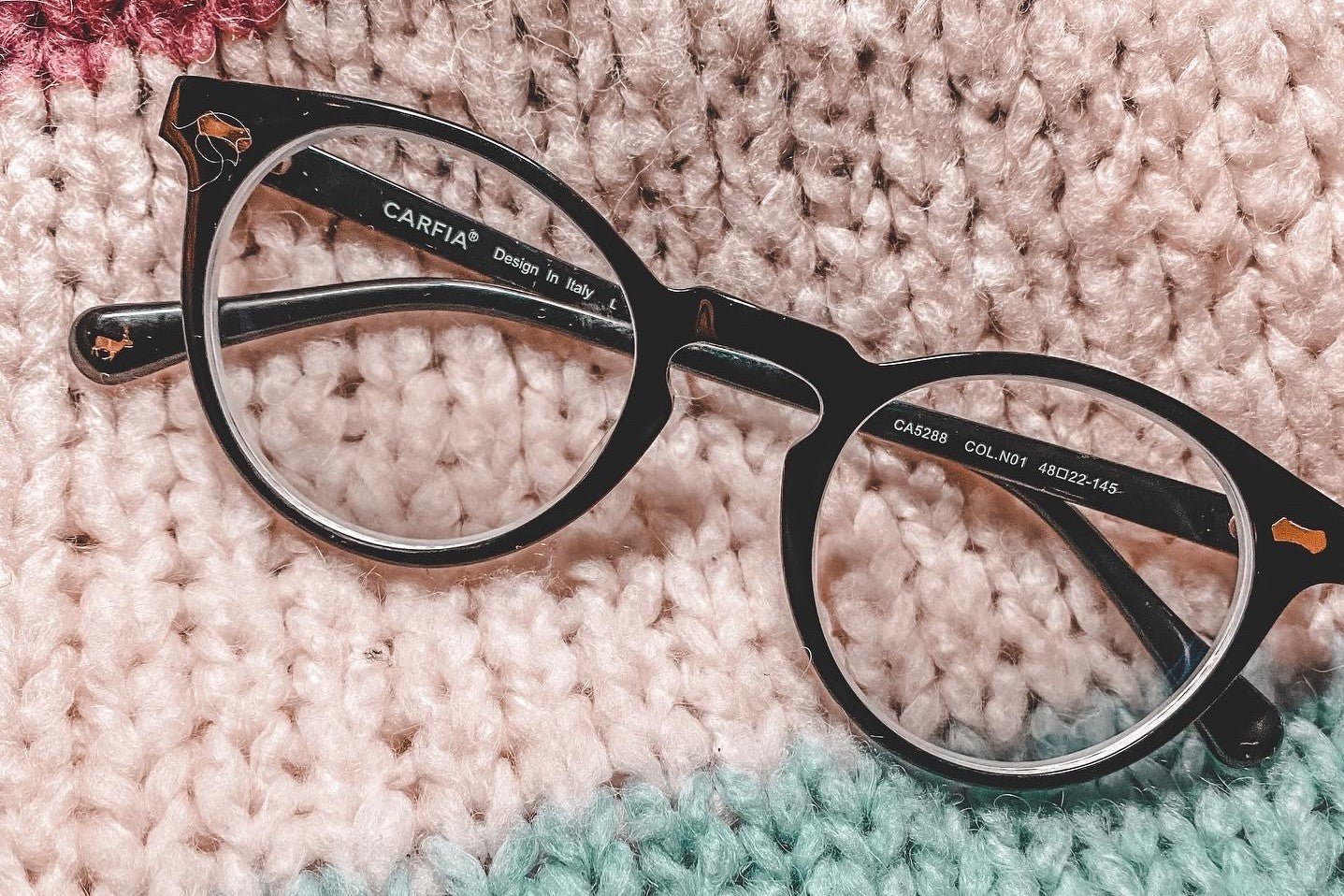Transition Lenses Problems
Here, we will show you some common transition lenses problems.
Transition lenses are typically embedded with photo-sensitive chemicals or coated with similar films that produce the shading effect when exposed to light. This process makes the lens more expensive to manufacture and focuses on prescription glasses, thus raising the transition glasses cost. The transition lenses cost may be twice of the regular glasses lenses.
When you are driving with the transition glasses, they will fail to work. Car windshields typically come standard with anti-glare effects or films and laminates that break up some of the direct sunlight that enters the vehicle. This will reduce the transition lens effects, causing them to register a non-lit condition when the direct sunlight can actually be very bright.
What Is an Aspherical Lens?
An aspheric lens is a lens whose surface profiles are not portions of a sphere or cylinder. In photography, a lens assembly that includes an aspheric element is often called an aspherical lens.
The aspheric lens’s more complex surface profile can reduce or eliminate spherical aberration and also reduce other optical aberrations such as astigmatism, compared to a simple lens. A single aspheric lens can often replace a much more complex multi-lens system. The resulting device is smaller and lighter and sometimes cheaper than the multi-lens design.
Aspheric lenses are flatter than traditional lenses, but they still offer the same vision-enhancing benefits. They have a more attractive profile because there is less curvature. In addition, aspherical lenses have a more complex front surface with a gradual curve so that they can perform better by improving the way light refracts onto the retina.
Besides, most aspherical lenses are high-index, which, when combined with the aspheric design, offers a slimmer and lighter option for people who wear glasses so as to improve the look and feel.
Dark-rimmed glasses with wider frames
When choosing dark frames for round faces, one should pay attention to the width of the frames. If dark frames give people a feeling of narrowing, then the frames will appear smaller. Small frames make your face look bigger and rounder, so choose frames that are wide. If you can't wear a wide frame because the lenses are too strong, skip black and opt for something lighter.
Use your two hands to wear and take off the glasses.
When you pick and wear glasses, you need to grab the temples with both hands and take them off. When you pick and wear glasses with one hand, it is easy to cause deformation and loosening of the glasses. According to the convention of international glasses design and manufacture, you should fold the left temple first. When placing glasses, keep the convex side of the lens up to avoid scratches on the lenses.
How to protect rimless glasses?
With the continuous improvement of people's living standards, many people begin to pay attention to their quality of life. In the past, many people thought that wearing glasses was for correcting eyesight glasses, but now more and more people use them for decoration, and rimless glasses meet the needs of consumers. Because of its light structure, giving people a sense of fashion, so it is loved by many business people. So how do you protect your rimless glasses?
Eachsee glasses
Eachsee glasses is a professional online glasses platform! They focus on providing high-quality online glasses services for urban white-collar workers, fashion, and high-end business people. With the manufacturer's direct supply, they have the whole category of self-management. Glasses matching is strictly implemented in accordance with national standard 2011: multiple quality inspection links.
Glasses Size - Frame Width
To really know how big a frame is, and how it will look on your face, you have to determine the width of the entire frame. The outer width of the frame is the distance between the visible areas on the left and right sides of the frame, namely, the distance between the frame and the junction of the two temples. The inner width of the frame is the distance between the inner sides of the two temples at 60mm behind the plane of the lens. This is just the contact point between the temple and the human temple. If it is too tight or too loose, it will affect the wearing comfort. The weight of the frame is evenly distributed across the bridge of the nose (or evenly distributed between the two nose pads on the bridge of the nose).











































